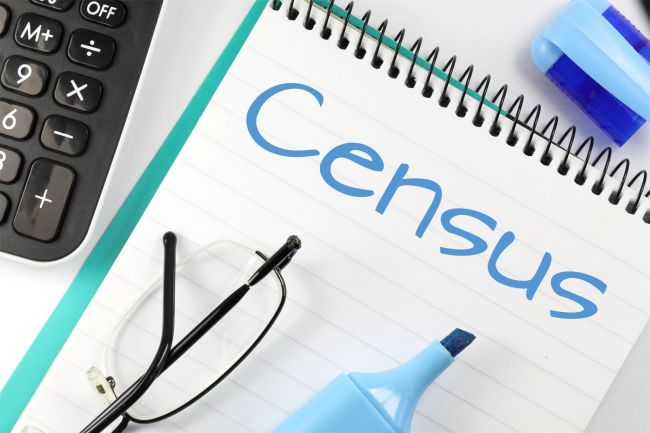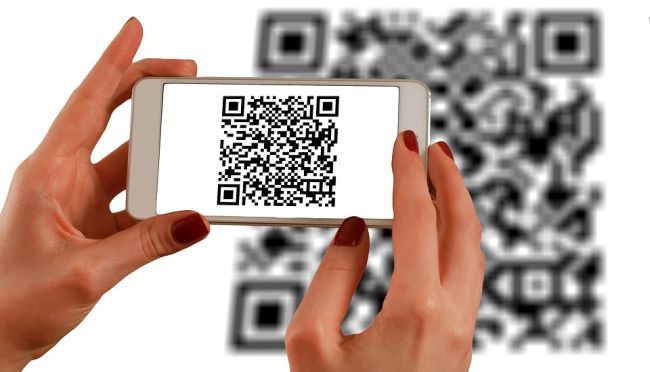Selected
- Details
- Written by Grant Broadcasters
- Category: Selected
- Hits: 147

NSW and Queensland will receive an injection of Pfizer coronavirus vaccine doses as both states battle outbreaks of the highly contagious Delta strain.
There are growing fears the majority of Australians could soon be again locked down after eight new cases in Victoria sparked alarm.
Sydney's dire situation continues to worsen with another 262 local cases reported on Thursday.
Five people over 60 died, taking the national toll to 932. Four of them had not received any vaccine while one had a single AstraZeneca dose in late May.
NSW will receive 183,690 accelerated Pfizer doses in the next two weeks with the vast majority being sent to the epicentre of Sydney's outbreak in the southwestern suburbs.
Queensland will be sent an extra 112,000 doses over the next two weeks, bringing forward its allocation.
Prime Minister Scott Morrison said pumping more vaccines into those jurisdictions would come at other states' expense.
"That would be dangerous, because the whole program needs to go forward," he told reporters in Canberra on Thursday.
Mr Morrison insists lockdowns will be the main tool to conquer coronavirus outbreaks until vaccination rates meet nationally agreed targets of 70 and 80 per cent.
NSW Premier Gladys Berejiklian has pushed vaccination rates as a factor in whether restrictions will be lifted at the end of this month.
The prime minister is now praising state governments that lock down fast and hard despite senior members of his government lashing Victoria last year.
"The primary tool to end the lockdown in Sydney is the success of the lockdown in Sydney," Mr Morrison said.
Australia has vaccinated almost 21 per cent of its population aged 16 and over but continues to lag behind most of the world.
A record 221,859 doses were administered in the past 24 hours taking the total past 13 million.
Mr Morrison labelled Labor's plan for all fully vaccinated people to receive one-off $300 payments a bad idea but flagged greater freedoms as incentives.
He will discuss potential options with state and territory leaders at a national cabinet meeting on Friday.
"The best incentive is this - you're less likely to get the virus," the prime minister said.
"You're less likely to transmit the virus. You're less likely to get seriously ill. You're less likely to die."
The NSW government has issued a desperate plea for residents to receive any coronavirus jab available and is considering its own incentive scheme.
"They involve getting vaccinated to be able to do the things all of us want to be able to do," Ms Berejiklian told reporters in Sydney.
A NSW traveller tested positive to coronavirus while quarantining in Tasmania but has since returned to the mainland.
© AAP 2021
Image Credit: U.S. Secretary of Defense, CC BY 2.0 <https://creativecommons.org/licenses/by/2.0>, via Wikimedia Commons
- Details
- Written by Grant Broadcasters
- Category: Selected
- Hits: 120

More Australian women are having children later in life, with the number giving birth over 35 almost doubling in the space of two decades.
An Australian Institute of Health and Welfare report notes more than 76,000 babies were born in 2019 to the age group, compared to 69,000 in 2009 and 42,000 in 1999.
"The average age of all women giving birth in Australia has been rising, including for first-time mothers," AIHW spokeswoman Bernice Cropper said.
"The average maternal age has increased from 27.1 years in 1979 to 30.8 years in 2019 for all mothers."
In 2019, more than 60 per cent of women were 30 or over when they gave birth, compared with 54 per cent in 2010.
One quarter of all women giving birth in 2019 were 35 or over. Two in seven of those gave birth for the first time.
The report found mothers over 35 were more likely to live in cities than their younger counterparts, with more than a quarter residing in the highest socioeconomic areas.
Victoria and the ACT had the highest proportion of women 35-plus giving birth (28 per cent), with the Northern Territory (19) and Tasmania (20) the lowest.
"There can be advantages to giving birth later in the life and the majority of older mothers will have uncomplicated pregnancies and healthy babies," Ms Cropper said.
"However, women who give birth later in life are more at risk of complications, such as gestational diabetes (18 per cent of mothers aged 40 and over compared with 10 per cent aged 20-34), during pregnancy and birth.
"Other complications include increased risk of gestational hypertension, pre-term birth and low birthweight babies. This is particularly seen for women giving birth for the first-time."
Mothers aged 40 and over are slightly more likely to have a baby born pre-term or requiring admission to a special care nursery.
The rate of women aged 40-44 giving birth has almost doubled from 8.4 per 1000 women in 1999 to 15.5 per 1000 in 2019.
The rate almost quadrupled among women 45-49 over the same period, from 0.3 per 1000 to 1.1 per 1000.
© AAP 2021
- Details
- Written by Grant Broadcasters
- Category: Selected
- Hits: 130

More than a million Australian households have completed their census forms, six days ahead of the official national headcount.
The census is scheduled for Tuesday, but the federal government says if you know where you'll be on the night, there's no need to wait.
"Early completion will help ensure a successful census," Assistant Treasurer Michael Sukkar said on Wednesday.
The first households started getting letters about how to fill out their online census forms last week, with 1,023,561 already lodged.
The Australian Bureau of Statistics expects about 75 per cent of people will complete the August 10 census online.
The predominantly online population count comes five years after the ABS's first attempt to conduct an online census in 2016.
That count was largely declared a failure after the census website was hit by cyber-attacks that took the system offline for about 40 hours.
Meanwhile, Minister for Veterans' Affairs and Defence Personnel Andrew Gee has encouraged serving and former Defence Force members to disclose their service on their census forms.
"Presently we do not have comprehensive demographic information about our veteran community, including simply knowing the number of veterans living in Australia," he said.
The information will help the government get services to veterans and their families in the places where they're needed most.
© AAP 2021
Image Credit: https://www.thebluediamondgallery.com/notepad01/c/census.html (free image)
- Details
- Written by Grant Broadcasters
- Category: Selected
- Hits: 135

Police will patrol Sydney supermarkets to ensure laws on QR codes and face masks are being obeyed.
The "compliance crackdown" will also focus on large retail premises across the Greater Sydney area, NSW police said on Monday.
NSW Police Minister David Elliott said he's "had it out" with people over NSW Health's reluctance to enforce compliance due to the bottlenecks it's expected to cause.
"Some (supermarkets) haven't been doing it," he told Sydney radio station on Monday.
"We will be telling the supermarkets ... they must employ security guards."
The move comes as about a quarter of recent, publicised exposure sites are supermarkets.
But that proportion didn't surprise NSW Chief Health Officer Kerry Chant, given supermarkets were essential during the citywide lockdown.
"People have to eat," she said.
Public alerts about case exposure sites weren't signs of transmission, she said.
The small number of transmissions in supermarkets had generally been from staff members becoming infected elsewhere and then passing the virus to their colleagues, she said.
"There have been a couple of cases where patrons have come in and infected staff, but generally it's the other way," Dr Chant said, saying authorities were more focused on smaller supermarkets where a large group of people will congregate.
Small businesses should minimise the number of customers inside and ask people to wait outside, she said.
Premier Gladys Berejiklian said even having a concierge person at the front of a supermarket was a risk.
"My strongest message is to have as little human-to-human contact as possible," she said.
© AAP 2021
Image Credit: https://www.maxpixel.net/Cellphone-Pda-Smartphone-Qr-Barcodes-Hands-1167612 (free image)
Page 164 of 191